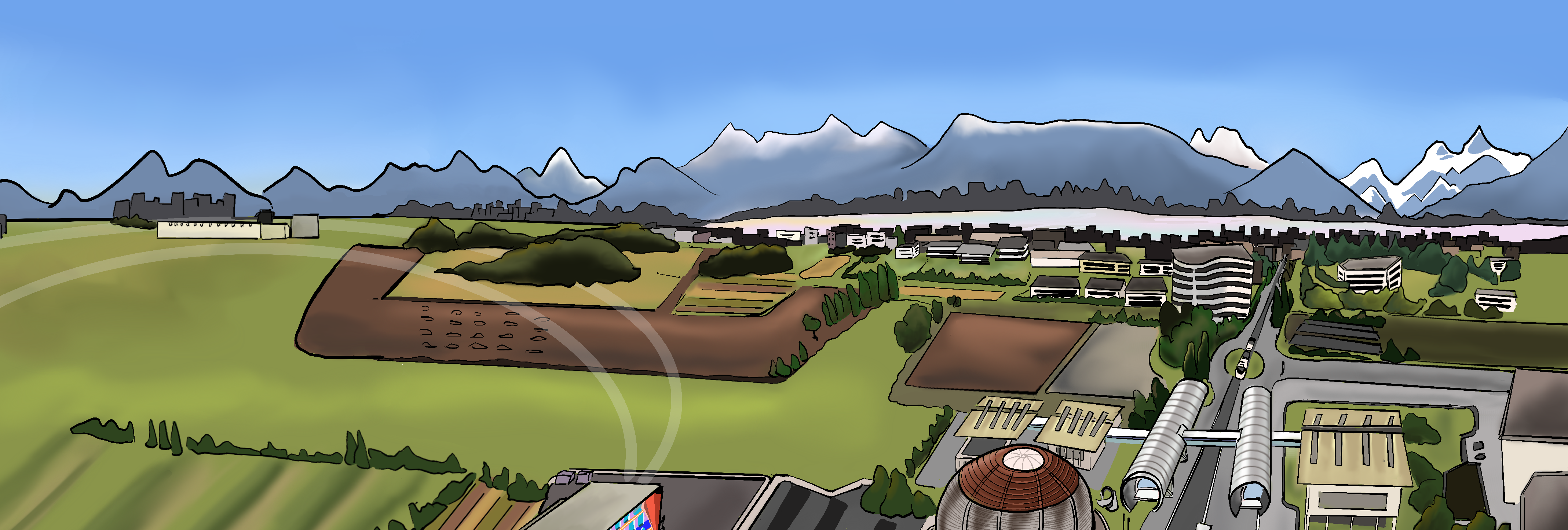Speaker
Description
Axion-like particles (ALPs) are hypothetical pseudoscalar states that emerge as pseudo-Nambu-Goldstone bosons from the breaking of an approximate global $ U(1) $ symmetry. They appear in several extensions of the Standard Model, offering potential solutions to the strong CP problem, the muon $ g-2 $ anomaly, neutrino mass generation, and dark matter. While most collider-based studies focus on the production of a single ALP, in this work I investigate scenarios involving the production of an ALP pair. These processes offer the opportunity to probe dimension-6 operators, which include either Higgs-portal interactions---if the ALPs are produced via exotic Higgs decays such as $ h \to aa $---or shift-symmetry breaking couplings, like $ a^2\,G_{\mu\nu}G^{\mu\nu} $, which are typically excluded in conventional shift-symmetric constructions of the ALP Lagrangian. In particular, I focus on the process $ gg \to aa \to 4\gamma $, considering both the standard shift-preserving coupling and the shift-breaking gluon interaction. Our analysis simultaneously considers the presence of couplings to both gluons and electroweak bosons, including the standard dimension-5 operators as well as the dimension-6 interactions.
